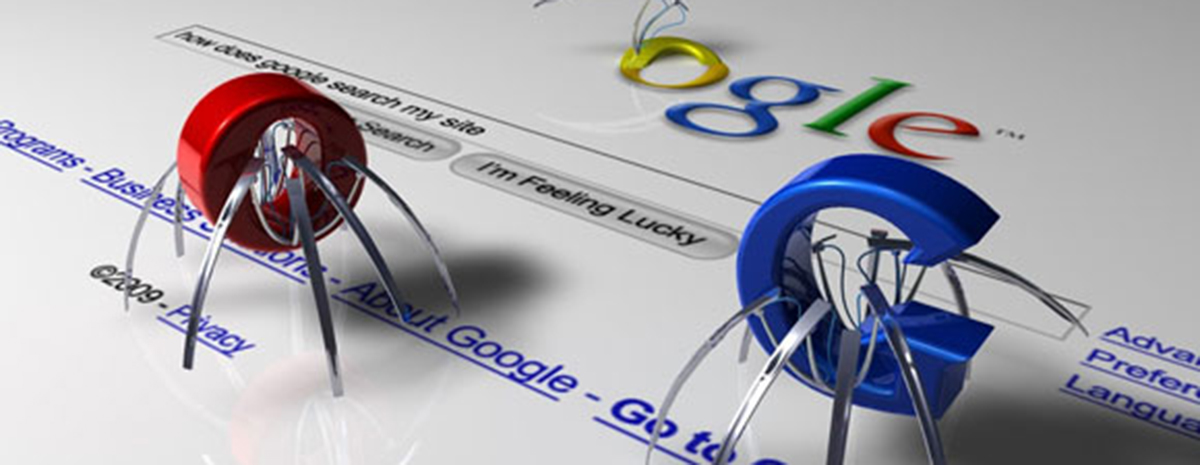What is a Web Crawler?

This blog briefly discusses about web crawler.
What is a Web Crawler?
A web crawler is a relatively simple automated program, or script that methodically scans or "crawls" through Internet pages to create an index of the data it's looking for; these programs are usually made to be used only once, but they can be programmed for long-term usage as well. There are several uses for the program, perhaps the most popular being search engines using it to provide webs surfers with relevant websites. Other users include linguists and market researchers, or anyone trying to search information from the Internet in an organized manner. Alternative names for a web crawler include web spider, web robot, bot, crawler, and automatic indexer. Crawler programs can be purchased on the Internet, or from many companies that sell computer software, and the programs can be downloaded to most computers.
Common Uses
There are various uses for web crawlers, but essentially a web crawler may be used by anyone seeking to collect information out on the Internet. Search engines frequently use web crawlers to collect information about what is available on public web pages. Their primary purpose is to collect data so that when Internet surfers enter a search term on their site, they can quickly provide the surfer with relevant web sites. Linguists may use a web crawler to perform a textual analysis; that is, they may comb the Internet to determine what words are commonly used today. Market researchers may use a web crawler to determine and assess trends in a given market.
Web crawling is an important method for collecting data on, and keeping up with, the rapidly expanding Internet. A vast number of web pages are continually being added every day, and information is constantly changing. A web crawler is a way for the search engines and other users to regularly ensure that their databases are up-to-date. There are numerous illegal uses of web crawlers as well such as hacking a server for more information than is freely given.
How it works
When a search engine's web crawler visits a web page, it "reads" the visible text, the hyperlinks, and the content of the various tags used in the site, such as keyword rich meta tags. Using the information gathered from the crawler, a search engine will then determine what the site is about and index the information. The website is then included in the search engine's database and its page ranking process.
Web crawlers may operate one time only, say for a particular one-time project. If its purpose is for something long-term, as is the case with search engines, web crawlers may be programed to comb through the Internet periodically to determine whether there has been any significant changes. If a site is experiencing heavy traffic or technical difficulties, the spider may be programmed to note that and revisit the site again, hopefully after the technical issues have subsided.
How Does a Web Crawler Work?
The first thing you need to understand is what a Web Crawler or Spider is and how it works. A Search Engine Spider (also known as a crawler, Robot, SearchBot or simply a Bot) is a program that most search engines use to find what’s new on the Internet. Google’s web crawler is known as GoogleBot. There are many types of web spiders in use, but for now, we’re only interested in the Bot that actually “crawls” the web and collects documents to build a searchable index for the different search engines. The program starts at a website and follows every hyperlink on each page.
So we can say that everything on the web will eventually be found and spidered, as the so called “spider” crawls from one website to another. Search engines may run thousands of instances of their web crawling programs simultaneously, on multiple servers. When a web crawler visits one of your pages, it loads the site’s content into a database. Once a page has been fetched, the text of your page is loaded into the search engine’s index, which is a massive database of words, and where they occur on different web pages. All of this may sound too technical for most people, but it’s important to understand the basics of how a Web Crawler works.
So there are basically three steps that are involved in the web crawling procedure. First, the search bot starts by crawling the pages of your site. Then it continues indexing the words and content of the site, and finally it visit the links (web page addresses or URLs) that are found in your site. When the spider doesn’t find a page, it will eventually be deleted from the index. However, some of the spiders will check again for a second time to verify that the page really is offline.
The first thing a spider is supposed to do when it visits your website is look for a file called “robots.txt”. This file contains instructions for the spider on which parts of the website to index, and which parts to ignore. The only way to control what a spider sees on your site is by using a robots.txt file. All spiders are supposed to follow some rules, and the major search engines do follow these rules for the most part. Fortunately, the major search engines like Google or Bing are finally working together on standards.